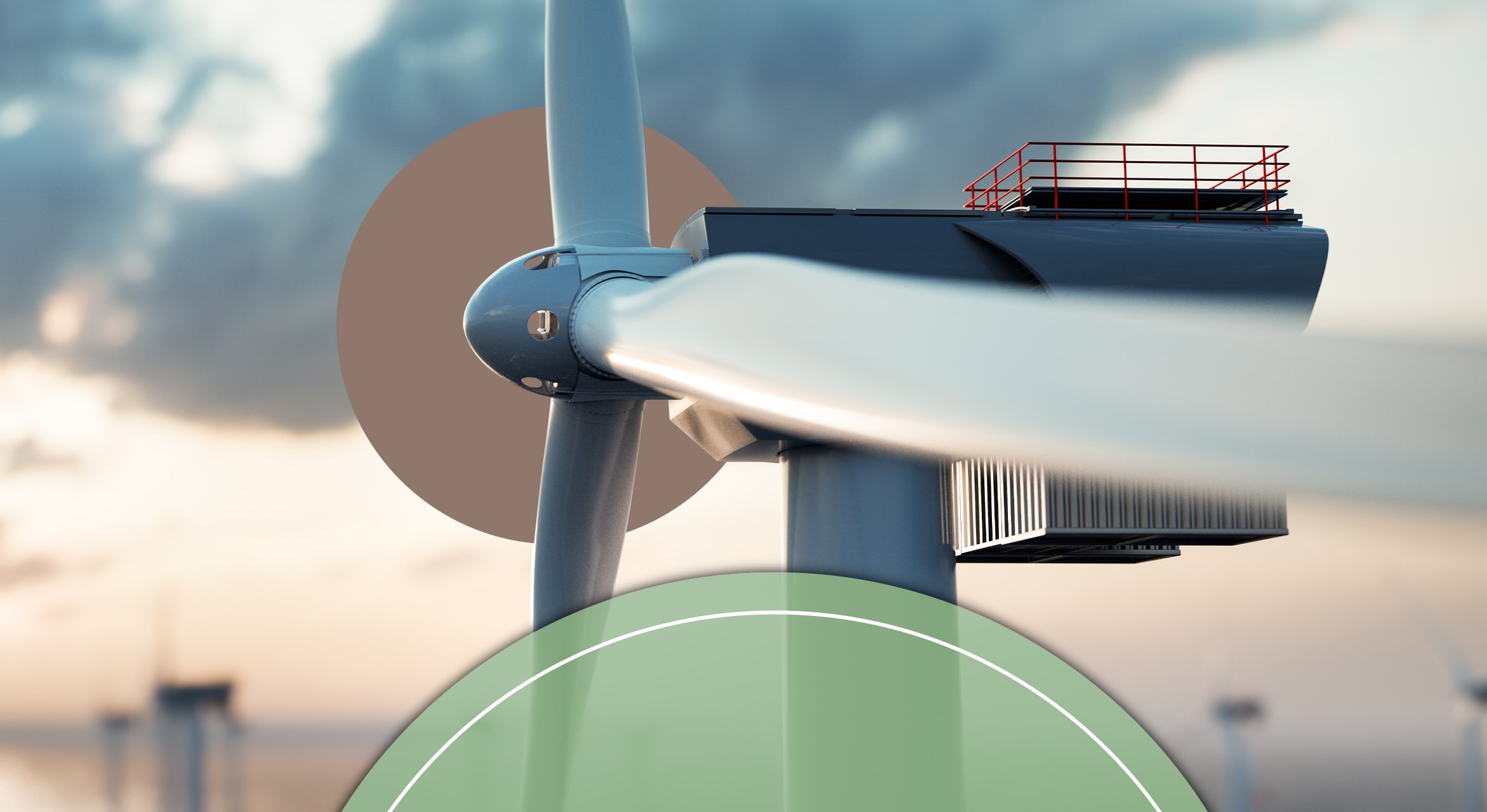
The History of Wind Energy in the United States
We are reader-supported. When you buy through links on our site, we may earn affiliate commission.
For centuries, humans have used the power of the wind for energy. The history of wind energy goes as early as 5000 B.C., people used the wind to propel their boats forward along the Nile River. The same energy is used today to move sailboats forward.
Once humans realized the potential of wind energy, the technology behind it quickly advanced. New ways to use the power of the wind were developing across countries. Now, wind energy is one of the fastest-growing renewable energy sources in the world. Many people rely on wind power for daily energy needs.
How Does Wind Energy Work?
The wind actually starts with the sun! When the sun heats up land, the air above that land heats up as well. Hot air is lighter in volume than cool air, so once that air heats, it rises and leaves an area of low pressure below it. For the temperature to go back to what it was, the cool air rushes in to fill the void.
Therefore, you get a gust of wind. The larger the difference between pressures, the faster the air moves, which is why you experience light breezes and gusts that can knock you down. That wind provides enough power to propel boats, fly kites and turn wind turbines.
The wind energy you likely associate with today is produced by wind turbines, which convert wind to electricity. However, before the invention of the wind turbine, wind energy had various other purposes. The history of wind energy began back in 5000 B.C.
Wind Energy Then
More than 6,000 years ago, people used the wind to get boats across bodies of water. Then, between 900 B.C. and 500 B.C., humans harnessed the wind’s power to help them grind grains and pump water. Eventually, windmills were developed and used primarily for food products.
It wasn’t until about 1000 A.D. that wind technology made its way to Europe. There, windmills were used for more than food production. Once Americans established colonies in North America, they truly adopted the power of the wind. The windmills they used would pump water, grind wheat and other grains, and they could even help cut wood.
Wind Energy in the 1800s
In the mid-1800s, the U.S. Wind Engine Company was established. Daniel Halladay had been manufacturing windmills. He partnered with John Burnham and began selling windmills. Burham showed farmers the possibilities of using a windmill, so by the late 1800s, many farmers and ranchers used windmills to pump water and generate electricity.
Additionally, the blades, once made of wood, were made of steel. This allowed for windmills to be more efficient. As people began relocating throughout the country, windmills popped up everywhere. Then, in 1893, wind power was shown at the World’s Fair in Chicago, furthering its popularity.
Wind Energy in the 1900s
As the World Wars hit, wind power was used to power a local utility. The turbine, called Grandpa’s Knob, powered the utility and was the largest at the time. Grandpa’s Knob generated 1.25 megawatts of electric power.
By the 1970s, oil and gas prices were ever-increasing. People decided to go back to wind power, so the interest in wind energy increased. The government supported the development of turbines since there was such a shortage of oil. In 1978, the President signed the Public Utility Regulatory Policies Act, which had companies purchasing some of their electricity from renewable sources like wind.
To continue the use of renewable energy, the first large wind farms were built in California. For the rest of the 20th century, continued research and implementation of wind turbines made renewable energy increasingly popular.
Wind Energy Now
Once the 21st century came, a renewed concern for the environment led people to want to harness renewable, clean energy sources. This led to the development of offshore wind strategies and plans to make wind energy a primary electricity generation source.
Wind energy has increased dramatically over the past couple of decades. In 2019 alone, over 7% of the electricity generated came from wind turbines.
There are many advantages of wind power, including:
- Cost-Effectiveness: Wind energy is much cheaper than oil or gas. It’s one of the lowest-costing energy sources.
- Job Creations: Over 100,000 people work with the U.S. wind sector. The wind job sector is expected to grow as more people turn to renewable energy.
- Better for the Environment: Wind energy doesn’t pollute the air. It’s sustainable and renewable, making it much safer for the environment than non-renewable resources.
As more people share their concern for the environment, wind energy will continue to grow.
Where the Wind Blows, There’s Energy
Now that you’ve been equipped with a brief history lesson of wind energy in the United States, you can share your knowledge with others. Wind energy has transformed over the centuries and has become more efficient than ever. As long as people continue to need energy, the wind will be there to provide them with a sustainable source.
Share on
Like what you read? Join other Environment.co readers!
Get the latest updates on our planet by subscribing to the Environment.co newsletter!
About the author

Jane Marsh
Starting from an early age, Jane Marsh loved all animals and became a budding environmentalist. Now, Jane works as the Editor-in-Chief of Environment.co where she covers topics related to climate policy, renewable energy, the food industry, and more.





